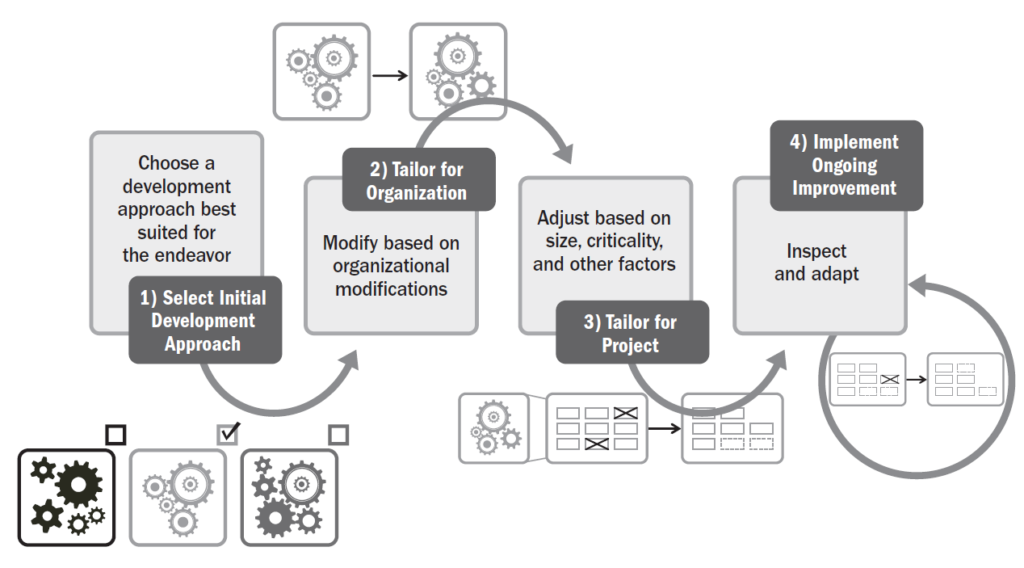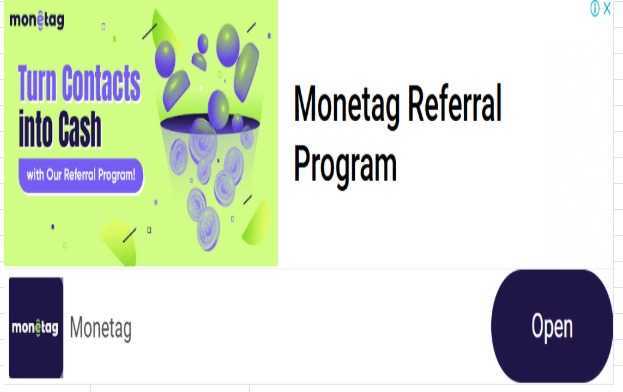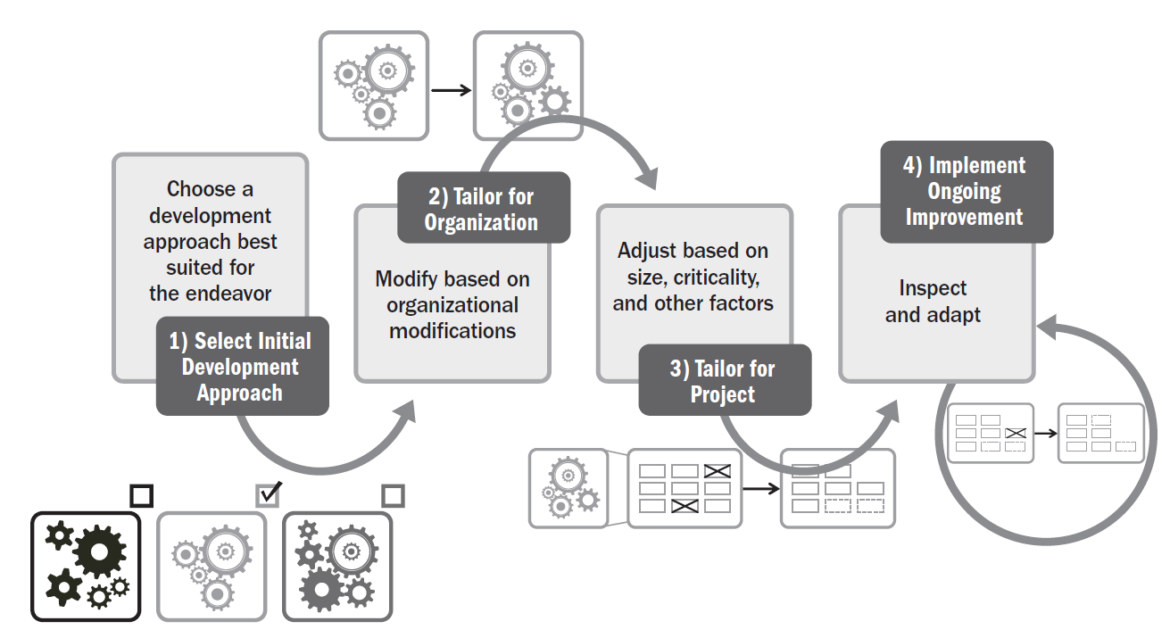Here’s a clear and structured overview of “The Tailoring Process” in the context of the PMBOK® Guide:
The Tailoring Process – PMBOK® Guide
✅ What Is Tailoring?
Tailoring in project management is the deliberate adaptation of project management processes, tools, methodologies, and practices to suit the specific needs of a project. According to the PMBOK® Guide (7th Edition), no “one-size-fits-all” approach exists—tailoring is essential for delivering value effectively.
🎯 Why Tailor?
- Every project is unique in terms of size, complexity, risk, stakeholders, and environment.
- Tailoring ensures the project management approach is fit-for-purpose.
- It aligns the project with organizational strategies, stakeholder expectations, and desired outcomes.
🔄 Tailoring Process Steps
Here’s how the tailoring process is typically approached:
- Understand the Project Context
- Analyze the project’s objectives, constraints, complexity, and stakeholder landscape.
- Consider the organizational culture, industry regulations, and available resources.
- Review Organizational Process Assets
- Examine existing standards, templates, and historical data.
- Identify what tools and methods are already in use within the organization.
- Select Relevant Project Management Elements
- Choose appropriate principles, performance domains, models, methods, and artifacts as outlined in the PMBOK® Guide.
- Decide on the life cycle (predictive, adaptive, hybrid) and development approach.
- Tailor Processes and Practices
- Modify the level of detail, frequency, and structure of project management practices.
- Tailor roles, responsibilities, deliverables, documentation, and governance.
- Document Tailoring Decisions
- Keep a record of what was tailored, why it was done, and how it aligns with the project’s goals.
- Supports transparency and compliance (especially in regulated environments).
- Review and Adapt Throughout the Project
- Tailoring is not a one-time activity.
- Continuously inspect and adapt based on project performance and changes in context.
📌 Tailoring Considerations
When tailoring, consider these dimensions:
Area | Questions to Ask When Tailoring |
Governance | What are the approval and reporting needs? |
Delivery Approach | Should the project be agile, predictive, or hybrid? |
Stakeholders | How engaged and involved are stakeholders? |
Complexity | How many moving parts and uncertainties are there? |
Compliance | Are there standards, laws, or audits the project must adhere to? |
Team Capability | Does the team have the required skills for the selected approach? |
📘 Tailoring in the PMBOK® Guide 7th Edition
- Moves away from strict process groups to principles and performance domains.
- Encourages value delivery over process adherence.
- Tailoring is presented as a continuous mindset, not a static decision.
✅ Conclusion
Tailoring is at the heart of modern project management. By customizing the approach to fit the project’s environment and needs, project teams can optimize efficiency, adaptability, and value delivery. In the PMBOK® Guide, tailoring is not just recommended—it’s essential for professional and successful project outcomes.



